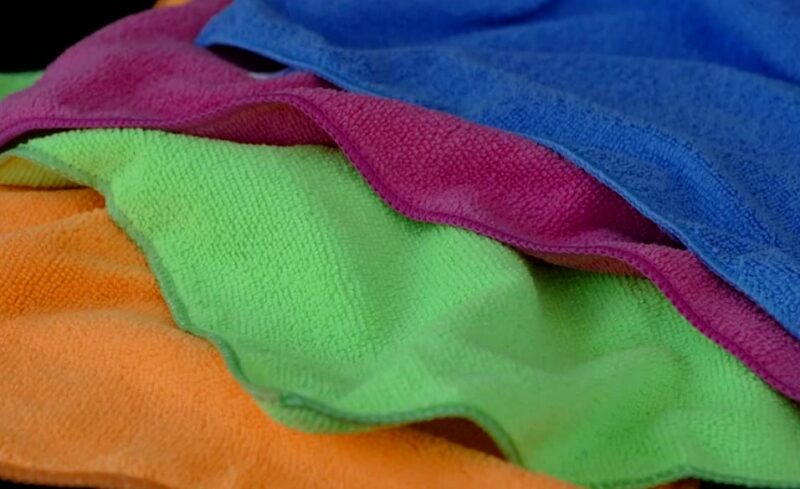Microfiber, a synthetic marvel in the textile industry, has gained immense popularity over the years due to its unique properties and versatile applications. From cleaning products to athletic wear, microfiber has made its mark. Let’s delve deeper into the world of microfiber and understand its properties, production process, and more.
Microfiber, known as microfibre in British English, is a synthetic fiber that is finer than one denier or decitex/thread. This means it has a diameter of less than ten micrometers.
To put it in perspective, it’s finer than a strand of silk! The most common types of microfiber are made from polyesters, polyamides (like nylon, Kevlar, and Nomex), and combinations of these materials.
The specific shape, size, and combination of these synthetic fibers are chosen based on desired characteristics such as softness, toughness, absorption, and filtering ability.
- Softness: One of the most notable properties of microfiber is its exceptional softness, making it ideal for apparel and cleaning sensitive surfaces.
- Absorption: Microfiber is known for its high absorbency, making it perfect for cleaning spills and absorbing moisture.
- Water Repellence: Some microfibers are designed to repel water, making them suitable for certain upholstery and clothing items.
- Electrostatics: Microfiber can be charged electrostatically, enhancing its ability to attract dust and small particles.
- Durability: Microfiber fabrics are durable and can withstand frequent use and washing.
How is Microfiber Made?
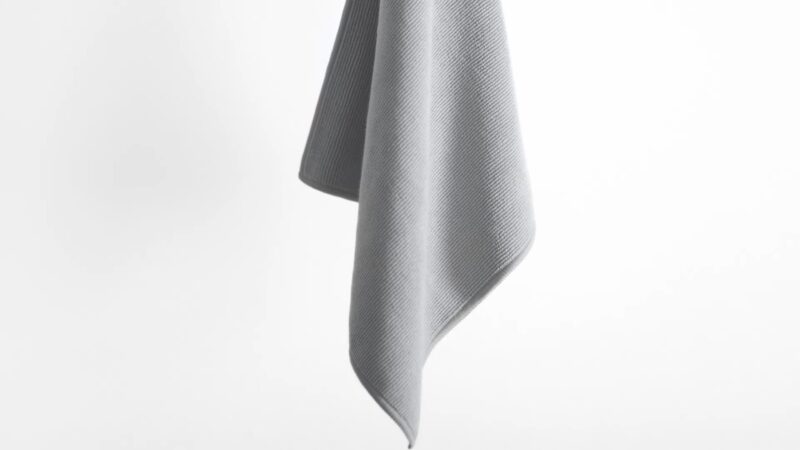
The production of ultra-fine fibers dates back to the late 1950s. The initial methods included melt-blown spinning and flash spinning techniques. However, the real breakthrough came in the 1960s in Japan, where continuous filament type ultra-fine fibers were produced. These discoveries led to the introduction of products like Ultrasuede in the 1970s, marking the beginning of microfiber’s widespread use in the textile industry.
Applications
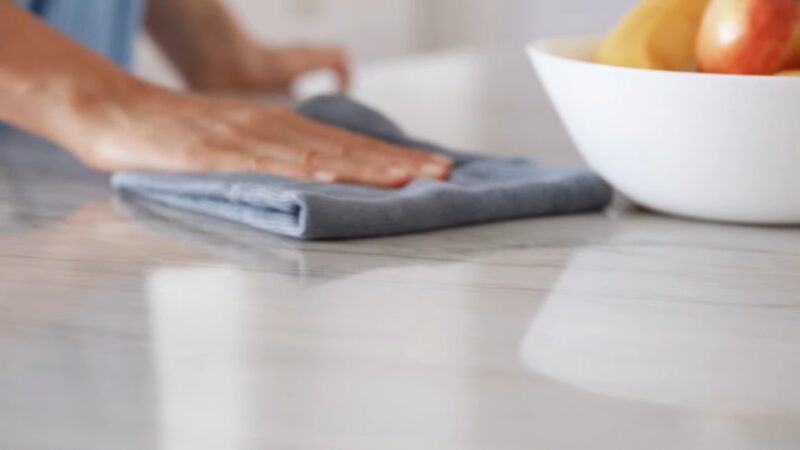
- Apparel: Microfiber is commonly used in athletic wear due to its moisture-wicking properties. It’s also used in clothing items like skirts, jackets, and swimwear.
- Cleaning Products: Microfiber’s high absorbency and ability to attract dust make it a preferred choice for cleaning cloths, mops, and other cleaning tools.
- Upholstery: Microfiber’s softness and durability make it a popular choice for furniture upholstery.
- Accessories: Many accessories that were traditionally made from leather, such as wallets and handbags, are now made from microfiber due to its lightweight and durable properties.
Environmental Considerations
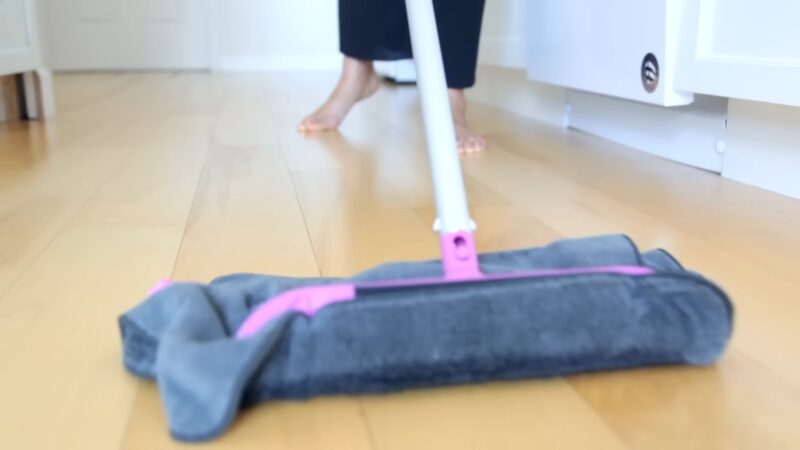
While microfiber offers numerous benefits, it’s essential to consider its environmental impact. Microfiber textiles can be flammable and emit toxic gases when burned. Additionally, microfibers contribute to microplastic pollution in oceans. When washed, microfiber clothing releases microfibers that can end up in water bodies, affecting marine life and the broader ecosystem.
Sports Equipment
Basketballs
An interesting application of microfiber is in the world of sports. For instance, the NBA introduced a microfiber ball for the 2006–07 season. Manufactured by Spalding, this ball had the unique ability to absorb water and oils, ensuring that sweat from players made the ball less slippery.
However, it’s worth noting that the league received feedback from players about the ball’s different bounce compared to traditional leather balls. Due to this feedback, the NBA reverted to leather basketballs in 2007.
Insulation Properties of Microfiber
Microfiber materials, such as PrimaLoft, are increasingly being used for thermal insulation. These materials serve as excellent alternatives to down feather insulation in products like sleeping bags and outdoor equipment.
The primary advantage of microfiber insulation is its ability to retain heat even when damp or wet. Additionally, microfiber is also used for water insulation in automotive car covers, ensuring that vehicles remain dry and protected from the elements.
Microfiber in Cleaning: A Closer Look
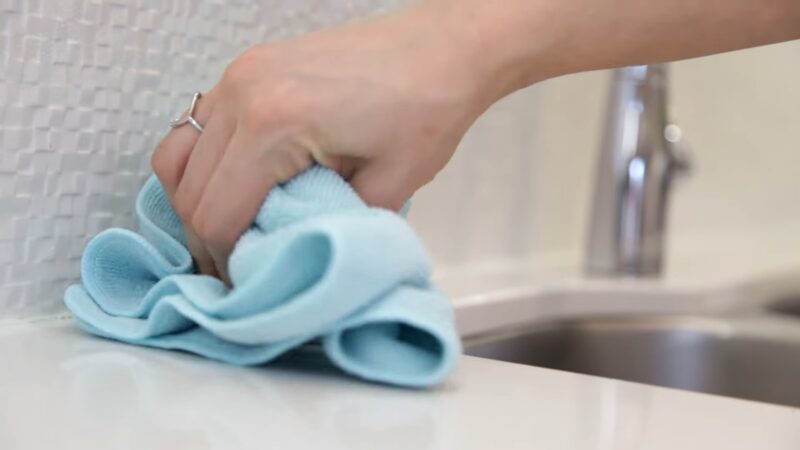
Microfiber’s cleaning prowess is not just limited to household cleaning cloths. It’s also used extensively in professional cleaning applications. Here are some insights:
- Efficiency: Microfiber cleaning tools have been shown to reduce bacteria on surfaces by up to 99%, whereas conventional cleaning materials might only achieve a reduction of 33%.
- Economic Benefits: Even though microfiber mops and cloths might cost more upfront than their non-microfiber counterparts, they tend to last longer and require less effort to use, making them more cost-effective in the long run.
- Safety: Microfiber cloths are ideal for cleaning sensitive equipment like camera lenses and computer screens, as they can absorb oily substances without being abrasive or leaving residues.
FAQ
What is the primary difference between microfiber and regular cotton?
Microfiber is a synthetic material known for its fine threads, which are thinner than a strand of silk. In contrast, cotton is a natural fiber. Microfiber tends to be more absorbent, dries quicker, and is more durable than cotton.
Can I iron my microfiber cloth or clothing?
It’s generally not recommended to iron microfiber as it’s a synthetic material and can melt under high heat. Always check the care label before ironing.
Why does my microfiber cloth leave streaks?
If a microfiber cloth leaves streaks, it might be too wet or dirty. It’s essential to ensure that the cloth is clean and damp (not wet) for best results.
How often should I replace my microfiber cleaning cloths?
With proper care, microfiber cloths can last for several years. However, if you notice they’re no longer cleaning effectively or have become tattered, it’s time for a replacement.
Is microfiber eco-friendly?
While microfiber products are durable and can reduce the need for cleaning chemicals, they do shed microplastics during washing, which can be harmful to the environment. It’s a balance between their benefits and environmental impacts.
Can I use fabric softener with microfiber?
No, fabric softeners can clog the fibers and reduce the cloth’s effectiveness. It’s best to avoid them to maintain the cloth’s cleaning ability.
Are there any allergies associated with microfiber?
Microfiber is hypoallergenic, making it suitable for those with allergies. However, always ensure the cloth is clean to avoid any reactions from trapped dust or particles.
Conclusion
Microfiber, with its unique properties and diverse applications, has undoubtedly revolutionized the textile industry. However, as with all materials, it’s crucial to use and dispose of it responsibly, keeping its environmental impact in mind.
